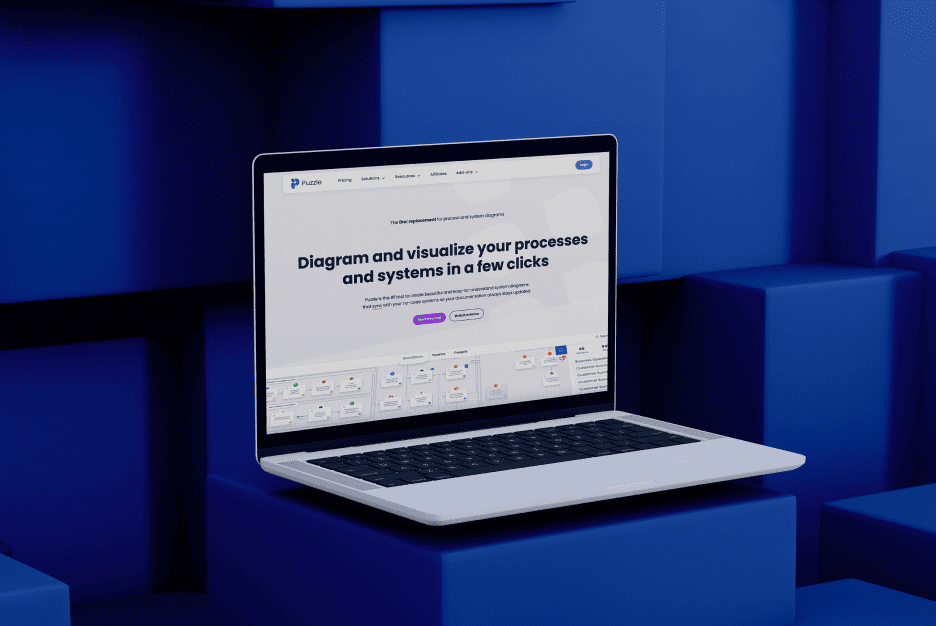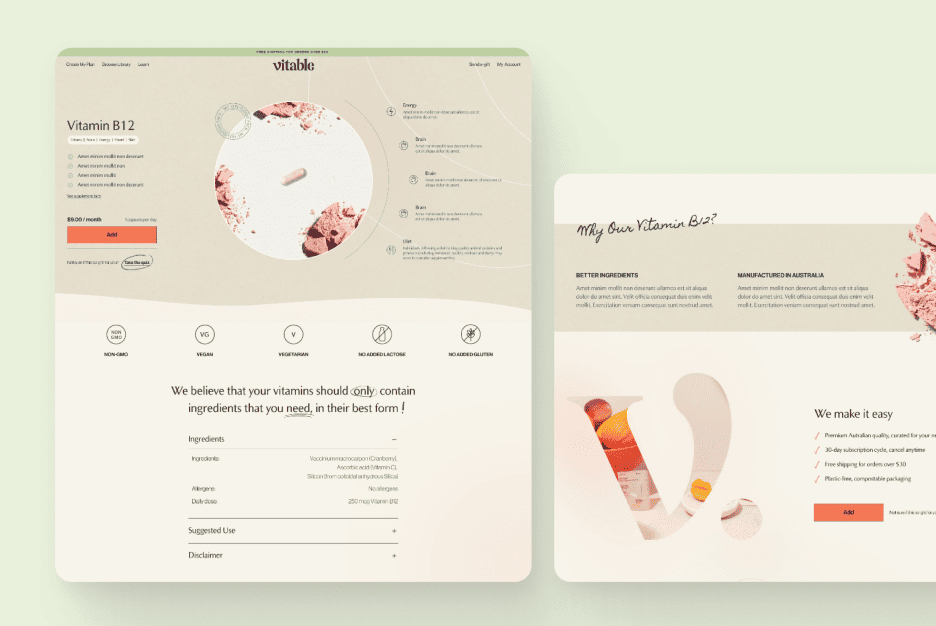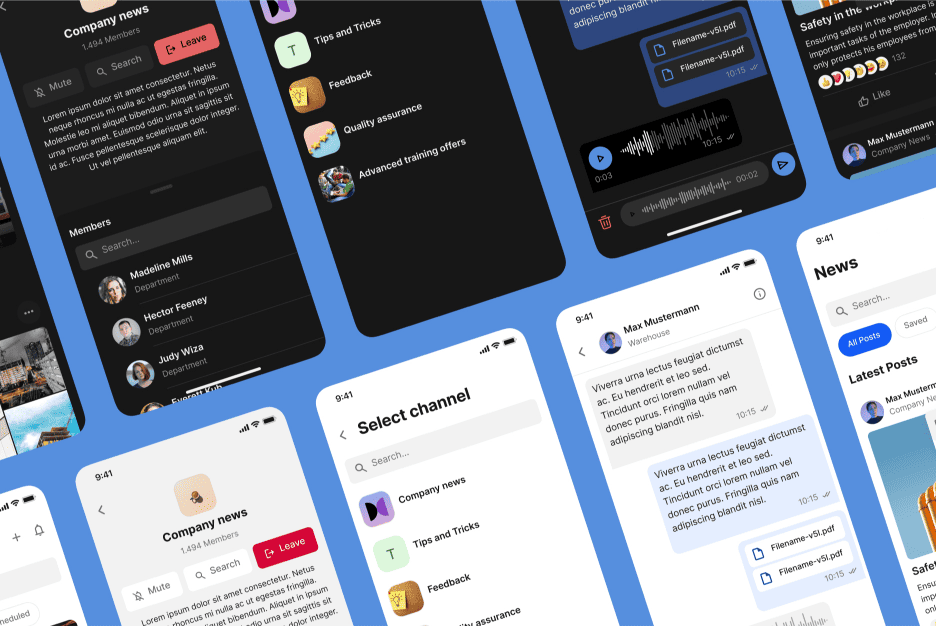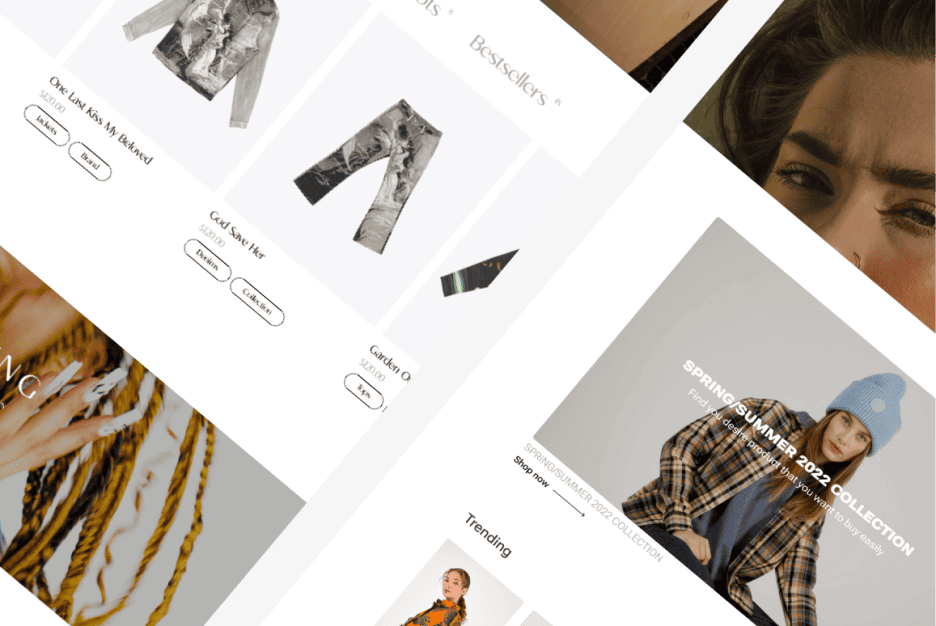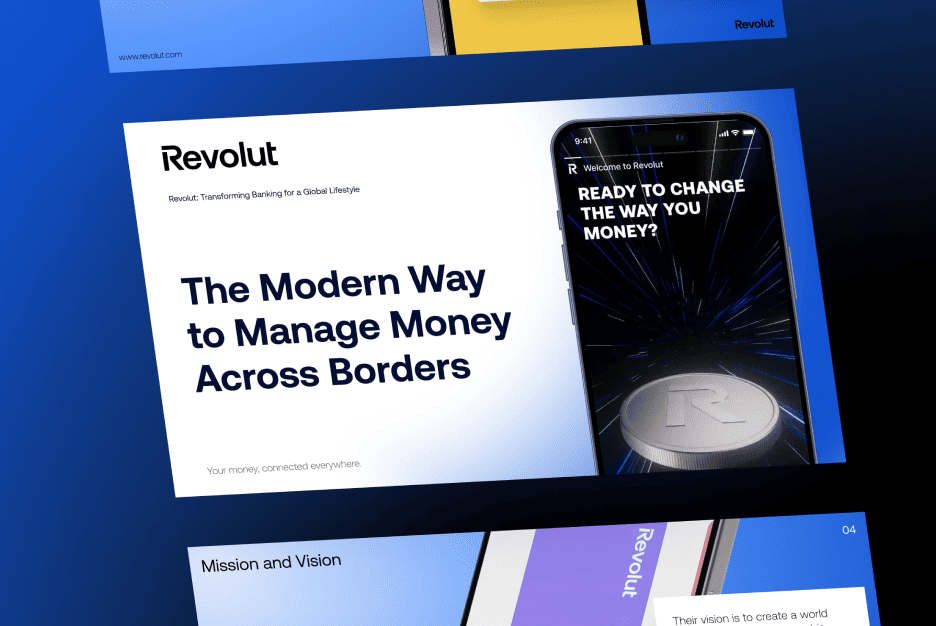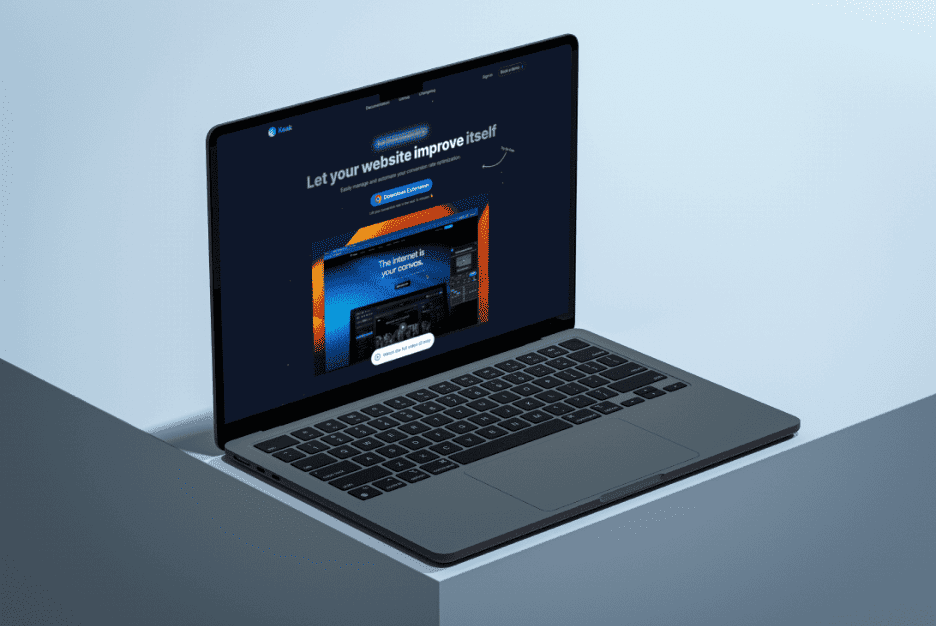In the dynamic digital landscape of 2025, B2B website design has emerged as a cornerstone of business success, meticulously crafted to cater to the unique demands of business-to-business interactions. Unlike consumer or e-commerce platforms that focus on quick transactions, B2B websites serve as virtual hubs for professional networking, detailed research, and strategic decision-making. At Almax Agency, a leader recognized among the Top 10 Web Design Agencies Worldwide in 2025, we specialize in designing B2B websites that drive lead generation, foster trust, and streamline complex purchasing processes. This in-depth guide explores the essential features of B2B web design, highlights its distinct differences from other website types, and provides actionable strategies to elevate your online presence in today’s competitive market.
The Strategic Importance of B2B Website Design in 2025
B2B websites are more than just digital storefronts—they act as virtual boardrooms where business leaders, procurement officers, and technical experts converge to evaluate solutions and build partnerships. With 61% of B2B decision-makers relying on websites for initial research, according to HubSpot, the stakes are higher than ever to deliver a seamless, authoritative user experience. This shift underscores the need for a design that prioritizes credibility, functionality, and long-term engagement over fleeting visual appeal.
At Almax Agency, our expertise shines through in projects showcased on Behance, where we’ve transformed B2B websites into powerful tools for growth. Whether you’re launching a new site, rebranding an existing one, or optimizing for lead conversion, understanding the nuanced requirements of B2B design is essential to staying ahead in 2025.
Essential Features of B2B Website Design
1. Comprehensive Content and Thought Leadership
B2B websites rely heavily on in-depth, value-driven content to establish authority and address specific industry challenges. This includes whitepapers, detailed case studies, technical datasheets, and blog posts that offer actionable insights—content types that resonate with decision-makers conducting thorough evaluations. Our guide 5 Secrets to Maximize Value When Launching a Design Project emphasizes the importance of SEO-optimized blogs, which can boost organic traffic by up to 30% when paired with targeted keywords like “B2B solutions” or “enterprise software.”
Incorporating a resource library or knowledge hub with downloadable PDFs and webinars further enhances user engagement, positioning your brand as a thought leader. Regular updates and multimedia elements like infographics can keep content fresh, aligning with the evolving needs of B2B audiences.
2. Advanced Lead Generation Tools
Unlike e-commerce sites designed for rapid checkouts, B2B websites focus on capturing high-quality leads through sophisticated tools. This includes multi-step contact forms, personalized landing pages, and integrations with CRM platforms like Salesforce or HubSpot. Gated content—such as exclusive reports or industry guides—encourages users to share contact details, while live chat features, optimized for mobile devices, cater to on-the-go decision-makers.
Tracking tools like Google Analytics provide insights into user behavior, allowing you to refine lead capture strategies. At Almax Agency, we’ve seen a 25% increase in lead conversion rates for clients who implement these tools effectively, a testament to their impact on B2B success.
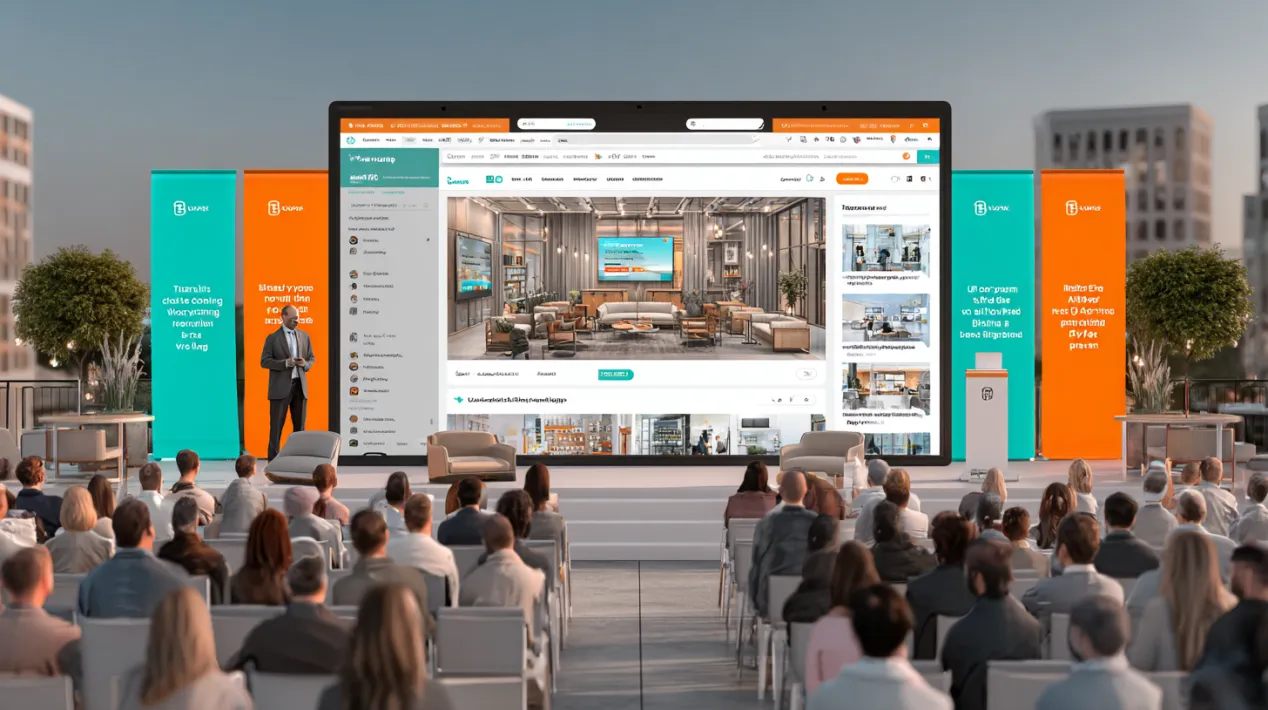
3. Intuitive Navigation and Structural Clarity
The complexity of B2B offerings—ranging from SaaS platforms to industrial equipment—demands a navigation system that’s both intuitive and robust. This includes a well-organized menu with clear categories (e.g., Products, Services, Support), a powerful search bar, and breadcrumb trails to guide users through multi-level content. Our article Breaking Barriers in 2025: How to Design Websites Everyone Can Use with Ease highlights how accessible navigation improves user retention, a critical factor for B2B sites with lengthy decision cycles.
A sitemap optimized for search engines ensures crawlability, while internal linking enhances user journey mapping, reducing bounce rates by up to 15%. This structural clarity sets B2B sites apart from the simpler layouts of consumer platforms.
4. Mobile Optimization and Accessibility Standards
With 54% of B2B website traffic originating from mobile devices, per Statista, responsive design is a must-have feature. This means fluid layouts that adapt to various screen sizes, fast-loading pages, and touch-friendly buttons. Additionally, adhering to WCAG 2.1 guidelines—covering color contrast, keyboard navigation, and screen reader compatibility—ensures inclusivity, a focus we explore in our accessibility guide.
Testing with tools like BrowserStack across devices guarantees a consistent experience, while accessibility audits mitigate legal risks under regulations like the EU Web Accessibility Directive. This dual focus on mobile and accessibility is a hallmark of effective B2B design.
5. Prominent Trust Signals and Credibility Markers
B2B buyers require assurance before committing, making trust signals indispensable. These include customer testimonials with verifiable logos, industry certifications (e.g., ISO standards), security badges (e.g., SSL certificates), and client success stories. Our recognition in Top 10 Web Design Agencies Worldwide in 2025 reflects our ability to weave these elements into designs that convert skepticism into confidence.
Unlike consumer sites that lean on flashy promotions, B2B trust signals are subtle yet impactful, reinforcing your brand’s reliability in a competitive landscape.
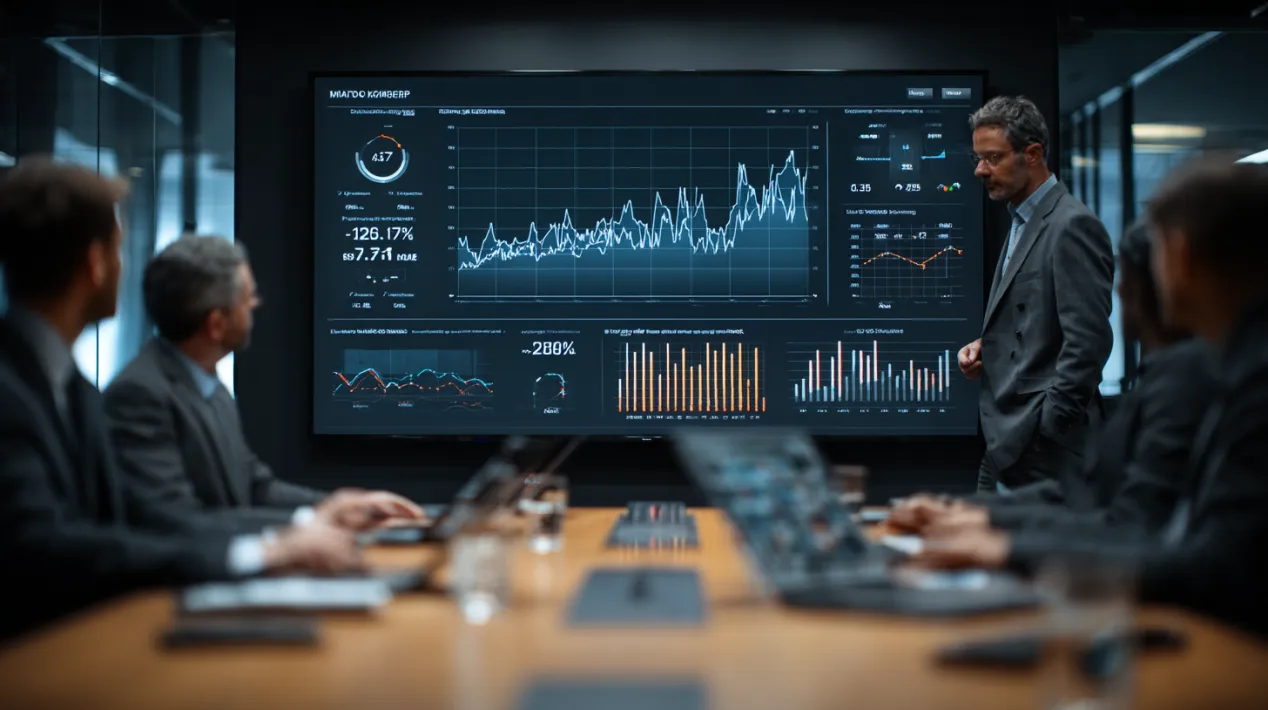
Key Differences Between B2B and Other Websites
1. Target Audience and Decision-Making Complexity
B2B websites target a niche audience—CEOs, IT managers, and procurement teams—whose decision-making process spans weeks or months, involving multiple stakeholders. This contrasts with consumer sites like Amazon, where purchases are often impulsive. Our analysis in Future of Social Media Design: 2025’s Leading Styles, Colors, and Trends notes that B2B requires detailed comparison charts and ROI calculators, replacing the quick-add-to-cart functionality of retail sites.
2. Content Depth vs. Visual Emphasis
Consumer websites prioritize stunning visuals and short product descriptions to drive sales, while B2B platforms invest in technical whitepapers, spec sheets, and video tutorials. Our article The Power of Mascots in Branding Strategies for Maximum Impact highlights how mascots boost consumer recall, but B2B success hinges on data-driven content that educates and persuades.
3. Functionality Over Aesthetic Appeal
E-commerce sites focus on streamlined checkout processes and product galleries, whereas B2B websites integrate advanced functionalities like RFP (Request for Proposal) forms, custom quote generators, and analytics dashboards. Using Hotjar to analyze heatmaps reveals how B2B users interact with these tools, setting them apart from the visually driven layouts of retail platforms.
4. Focus on Long-Term Relationships
While consumer sites aim for one-off transactions, B2B designs foster ongoing engagement through client portals, subscription management, and regular newsletters. This strategic approach, detailed in our launch guide 5 Secrets to Maximize Value When Launching a Design Project, ensures sustained growth and loyalty, a key differentiator in B2B digital strategy.
5. Technical Integration and Scalability
B2B websites often require integrations with ERP systems, payment gateways, and third-party APIs, unlike the plug-and-play nature of many consumer sites. This scalability, supported by tools like Zapier, allows B2B platforms to evolve with business needs, offering a level of customization rarely seen in B2C designs.

Best Practices for Crafting a Winning B2B Website in 2025
1. Conduct Thorough Market Research
Begin with keyword research using Ahrefs to identify B2B-specific terms like “enterprise solutions” or “B2B software providers.” This informs content strategy and ensures your site ranks for relevant searches, a critical step for visibility.
2. Perform Regular Technical Audits
Use Screaming Frog to audit your site’s technical SEO, checking for broken links, slow pages, and mobile issues. Regular audits align design updates with performance goals, maintaining a seamless user experience.
3. Implement a Collaborative Workflow
Adopt a checklist approach from our launch guide to coordinate between designers, developers, and marketers. This ensures consistency in navigation, content updates, and accessibility compliance, reducing errors during implementation.
4. Leverage User Feedback and Testing
Conduct A/B testing with Optimizely to refine call-to-action buttons and form layouts. Gathering feedback from diverse B2B users—via surveys or usability sessions—helps tailor the site to their needs, boosting engagement.
5. Prioritize Security and Compliance
Implement SSL certificates and GDPR-compliant forms to protect user data, a priority for B2B clients handling sensitive information. This builds trust and aligns with legal standards, setting your site apart in a regulated industry.
Case Studies: B2B Design Success Stories
- Case Study 1: A manufacturing firm saw a 40% increase in lead inquiries after adding a detailed product spec section and a live chat feature, optimized with our accessibility strategies from Breaking Barriers in 2025.
- Case Study 2: A SaaS provider improved retention by 20% with a client portal integration, showcasing the long-term focus of B2B design highlighted in our launch guide.
Conclusion: Partner with Almax Agency for B2B Excellence
B2B website design in 2025 is a blend of functionality, trust, and strategic foresight, distinctly different from consumer or e-commerce platforms. At Almax Agency, we bring decades of experience to craft sites that resonate with B2B audiences, as evidenced by our Behance portfolio. Ready to redefine your digital strategy? Contact us today to launch a B2B website that drives growth and sets you apart in 2025’s competitive landscape.


